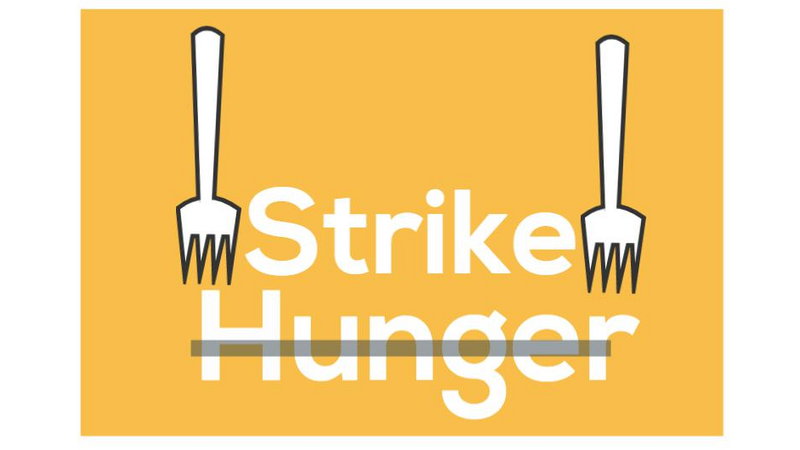StrikeHunger is a one-stop solution to bring together sources with extra food for sharing with the needy. While this solution seems to be pre-existing in the form of local pantries and soup kitchens, this initiative provides a coherent solution. StrikeHunger brings together supermarkets, restaurants and local individuals to donate the extra edible food for sharing with the urban poor residing in the cities. The solution comprises of IoT-enabled FoodBooths, essentially compartmented-refrigerator for storing extra food, and phone-based app and website, to track the FoodBooths.
World hunger has been a widespread problem since decades and is growing with escalating cost of living in the cities. This not only has lead to lack of nutrition, starvation and deaths but also contributed to an increase in crime rates. With outstanding amount of food being discarded in the name of safe food regulations, it is also important to address the loophole in the rules. Supermarkets, restaurants and even households have extra food on daily basis to get rid of, which otherwise can be shared with the needy through this solution.
Surveys suggest that many supermarket retailers do not place food items on the shelves unless too close to the sell-by date, in order to ensure sale of previously shelved items. However, if a product is too close to the sell-by date customers tend to avoid buying it. This creates a vicious cycle that leads to discarding of food items past the sell-by date, which typically are still safe to eat but not against regulations to sell. Buffets and parties organized at restaurants face a huge amount of waste. Also customers ordering food tend to have a leftovers that are untouched. Similarly, big households have leftovers stacked in refrigerator until spoilt. All these extra food can instead be used to fill up a few hungry tummies, rather being spoilt and discarded ruthlessly. StrikeHunger allows multiple such food sources to donate food at locally distributed FoodBooths, for further sharing.
FoodBooths are attached with quality sensors that detect the quality of the stored food and dispose them accordingly. These booths allow limited capacity to prevent overloading and food wastage. The booths have dynamic shelves associated with the list of items available for pickup on a certain day. Each of these shelves maintain a refrigeration temperature best for the food item contained in it. Also the dynamic nature provides receivers with a wide range of collection to choose from, unlike a certain forced-food item. These booths are set up across different part of cities and are accessible 24x7 for food pick-ups and drop-offs.
The website and app allow donors and receivers to track different FoodBooths and their real-time status. This provides an easy solution for receivers to avoid queuing up in front of the FoodBooths, as is the scenario with local pantries. The real-time status and list of food items of a FoodBooth allow donors to donate efficiently.
Awards, rewards, and increased customer-ship can be used as initiatives to encourage this coherent solution among different types of donors.




Comments (35)
t
testing
t
testing
t
testing
t
testing
t
testing
t
testing
t
testing
t
testing
t
testing
t
testing